
Continue reading Post ID 27256
Slavery became a global industry for the first time in history when millions of African men and women were sold as slaves to Europeans.
 315 years. 20,528 voyages.
315 years. 20,528 voyages.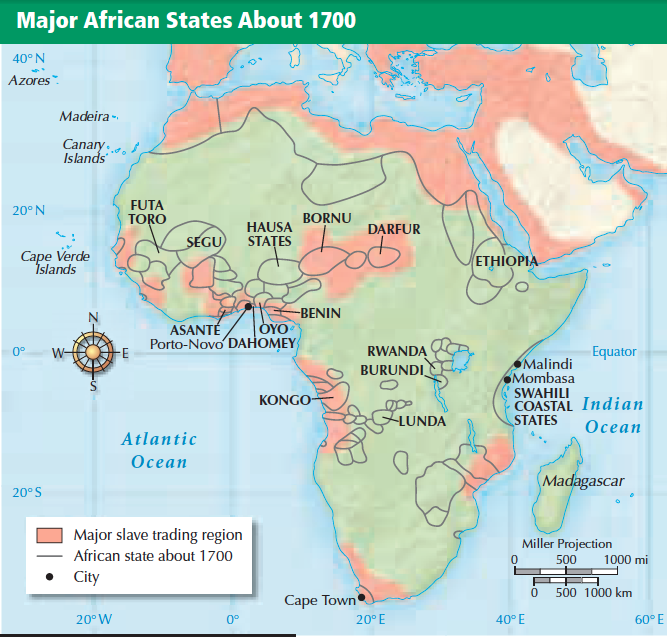 Continue reading → Post ID 27256
Continue reading → Post ID 27256
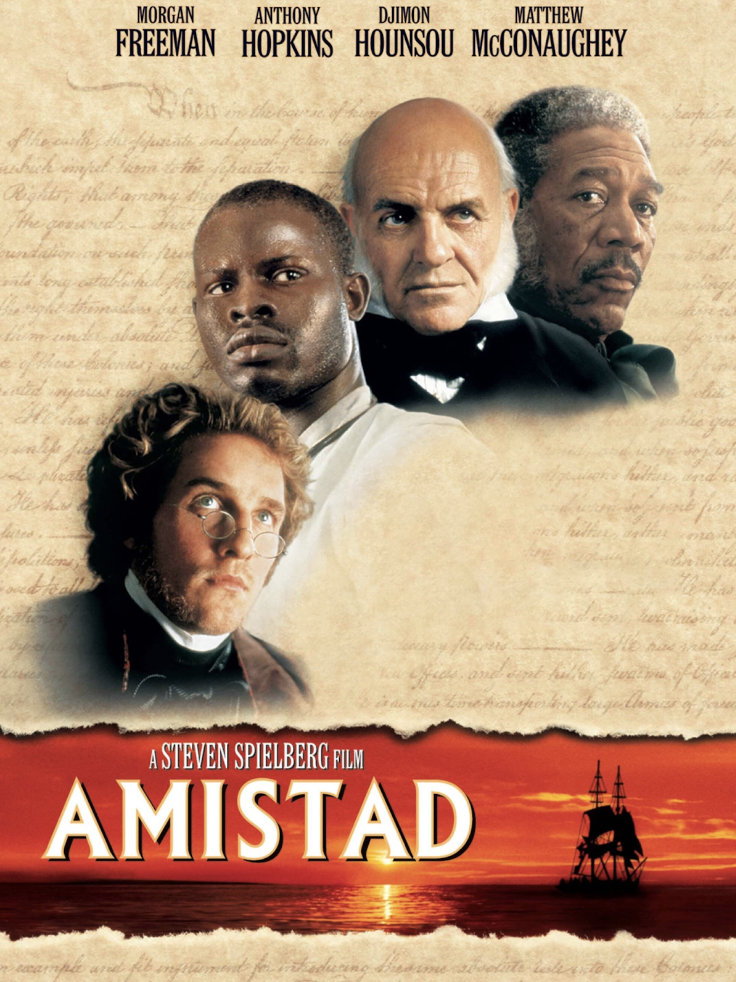 If one wishes to understand the causes of the Civil War and the development that led to the Emancipation Proclamation, it is imperative to understand the role of slavery in the nineteenth-century United States. One possible way of preparing students for this episode in American history is by viewing a movie that deals with the topic of slavery both from an emotional and a legal point of view. The movie Amistad includes both aspects. (Source:Christine Meißner)
If one wishes to understand the causes of the Civil War and the development that led to the Emancipation Proclamation, it is imperative to understand the role of slavery in the nineteenth-century United States. One possible way of preparing students for this episode in American history is by viewing a movie that deals with the topic of slavery both from an emotional and a legal point of view. The movie Amistad includes both aspects. (Source:Christine Meißner)
Continue reading → Post ID 27256
Elements of Latin American Music – European Influence
The White European Element of Dance
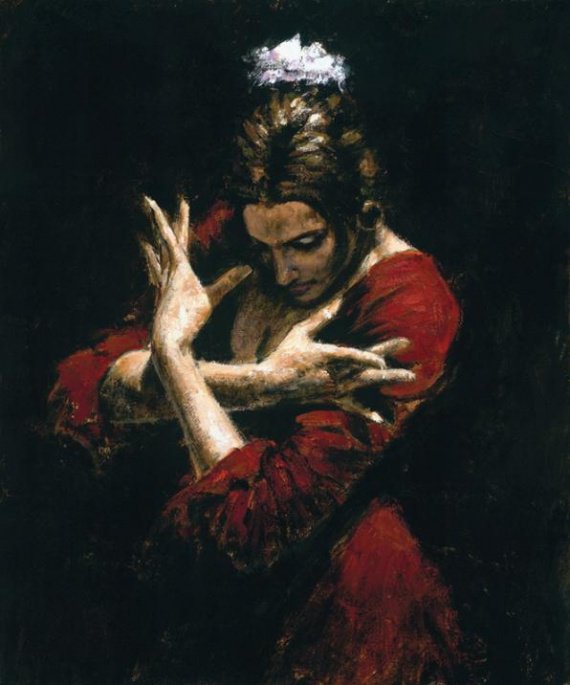 Flamenco is an art form native to the Spanish regions of Andalusia, Extremadura ,and Murcia. It includes cante (singing), toque (guitar playing), baile (dance), jaleo (vocalizations), palmas (handclapping) and pitos (finger snapping).
Flamenco is an art form native to the Spanish regions of Andalusia, Extremadura ,and Murcia. It includes cante (singing), toque (guitar playing), baile (dance), jaleo (vocalizations), palmas (handclapping) and pitos (finger snapping).
Continue reading → Post ID 27256
Elements of Latin American Music – European Influence
The White European Element of Dance

Continue reading → Post ID 27256
Elements of Latin American Music – European Influence
The White European Element of Dance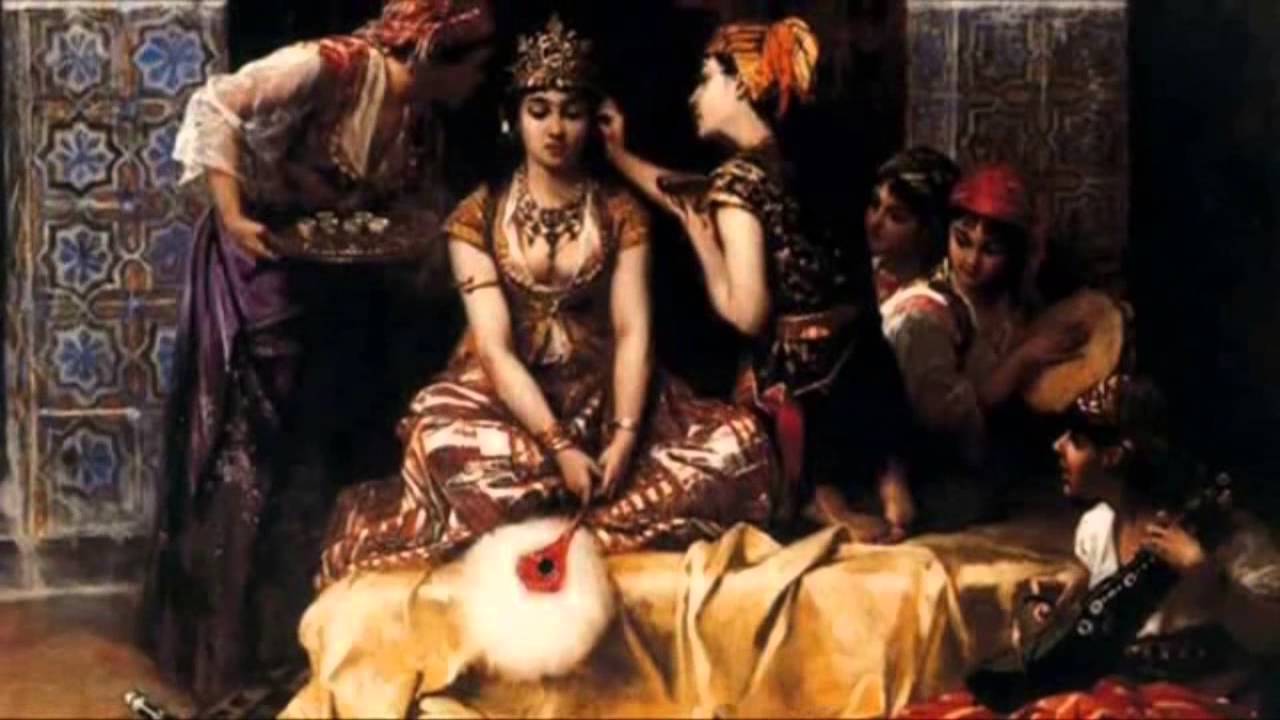 Andalusia Music
Andalusia Music
Elements of Latin American Music – European Influence
The White European Element of Dance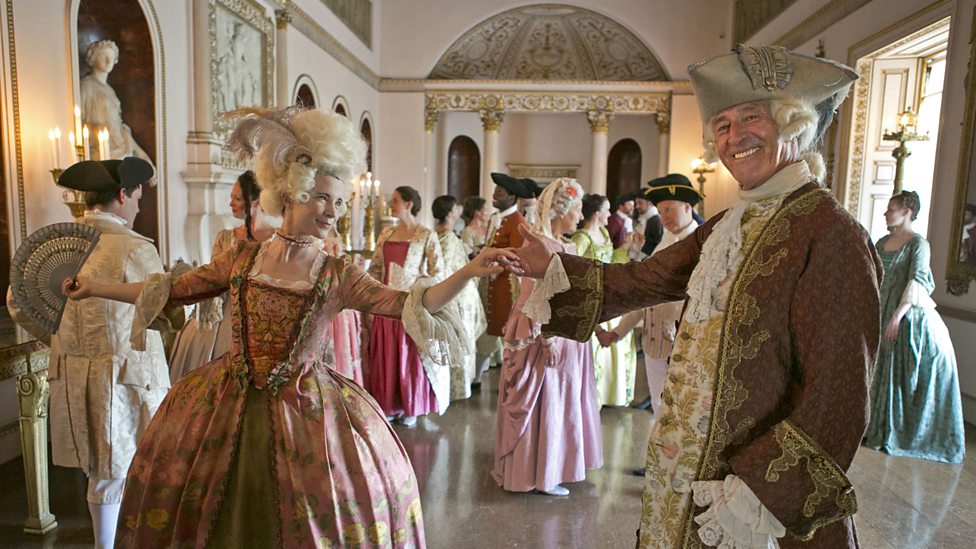
Baroque music is a style of Western art music composed from approximately 1600 to 1750. This era followed after the Renaissance music era, and was followed in turn by the Classical era.
Continue reading → Post ID 27256
You must be logged in to post a comment.